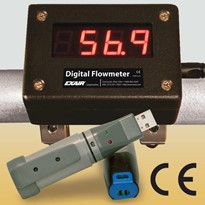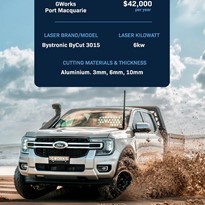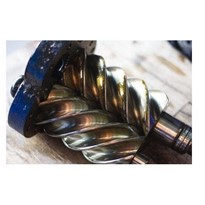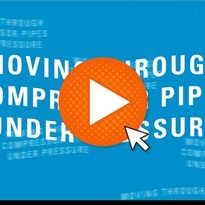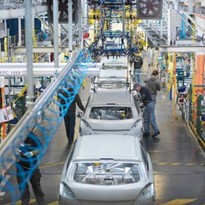Compressed air technology provides indispensable services – in the modern day, people no longer think of industry and technology without it.
It is compressed air technology which enables the filling of widespread PET bottles with compressed air, and compressed air helps in the purification of water in sewage treatment facilities. However, the economic and energy efficiency factors of compressed air as a working fluid are common topics of criticism.
Compressed air technology expert Prof Dr.-Ing. A. P. Weiß, of the Amberg-Weiden university of applied sciences, has conceded, "In the past, it was the efficacy which most came to the fore […] not the expenditure / benefit ratio". Climate protection and energy conversion have called for people to revise their thinking. "The focus is now on efficiency." As it is, economic and scientific fields have for a long time pursued new examples whereby proven technology goes hand in hand with innovation. The common aims are clearly outlined: continuous improvement of the energy efficiency of compressed air, and to make compressed air technology sustainable.
Prof Dr.-Ing. Weiß is convinced of it: "When one makes use of the full potential, compressed air as used in operations is indeed a form of rational energy usage of the future; when it is used correctly there is no need for anyone to shy away from making comparisons."
A study conducted by the European Union shows that 18 per cent of electrical energy in industry is consumed in the generation of air pressure as a service fluid. According to this study, a third of this electricity can be saved with the application of appropriate technology and more efficient systems.
Competent skilled workers (technicians) are necessary for this. Compressed air technology was included in the teaching curriculum and scope of research at the HAW Amberg-Weiden institute as early as 2000, together with the establishment of a test stand for air pressure technology and pneumatic motors.
The university has worked in close collaboration with the industrial sector since this time. To the mechanical engineering body on these premises – DEPRAG – became the congenial partner in the development of innovative compressed air machines / tools.
For example, the development of fast-running turbines for compressed air, CO2, natural gas, steam and other vapours, and the conception of generators necessary for the same would lead to DEPRAG's GREEN ENERGY turbine system – a technology with which small residual quantities of process gases can be profitably converted to electricity.
Compared to electrical motors, compressed air motors and compressed air-operated tools distinguish themselves for their high output in terms of short-term-sudden release of power (impact tools), speed (cylinders), overload and usability under duress, high duty cycles, robustness and relative immunity to humidity and dirt.
In addition there is the "EX" protection of the compressed air motors. In an explosion-risk environment, where a single spark can pose a significant threat, electronic tools can be used only under specific circumstances, but there are no such pre-requisites with compressed air equipment. The design of a compressed air motor and its normal operation involve no risk of overheating, and there are no electrical connections.
However, critics fault the economic factor of compressed air technology. They claim that, depending on the type, a compressed air motor does not optimise the expansion process of compressed air; and that as a result, more compressed air is consumed than that which is absolutely necessary. They argue that this means that the consumption of energy for electrical compressors is higher than when the same amount of power is used directly for an electrical tool.
The DEPRAG compressed air motors project manager counters thus: "Compressed air motors and electrical motors cannot be compared one-on-one. The application is determined by the drive solution."
The following example highlights the point: "In a packing machine, a motor should produce 450 revolutions per minute with no load. In application a load torque value of 25 Nm is induced at a reduced speed for an extended period of time at the end of the packaging line. Electrical motors cannot be overloaded over extended periods. This would lead to overheating of the motor. Thus, an electric motor for said packaging machine is planned for the load torque, and would require an output of 1170 W (25 mm x 450 revs/minute divided by 9550)."
The calculation realised with a compressed air motor is completely different.
Dagmar Dübbelde: "Both demands of the packaging machine can be accomplished with the favourable torque of compressed air motors, using a smaller motor. For this application we would select a compressed air motor with a nominal torque of 15 nm and a nominal speed of 275 revs/minute. Given that the working torque is less than the nominal torque, the motor runs at close to the no load torque, with 450 revs / minute, under low demand. Based upon this, the required output of the compressed air motor is only 430 W."
Dagmar Dübbelde adds: "When applying a compressed air motor, only one third of the output of an electrical motor needs to be considered for this packaging machine, the energy balance of the compressed air motor appears in a completely different light."
Compressed air motors are at their most effective when they operate close to their nominal revolution speed.
With this, Dagmar Dübbelde advises all users: "The pneumatic motors must be carefully designed for their use in such a way that it saves energy and running costs." Here, simple conventional measures alone are enough to increase economic viability.
Dagmar Dübbelde: "The internal pipe diameters recommended by the manufacturer must absolutely be observed at all times. Every bottleneck works as a throttle and reduces the output of the pneumatic motor."
The manufacturers of the compressors required for the compressed air installations, also make their contribution to reduce the energy consumption of compressed air generation comprehensively (by 30 per cent).
Market leader KAESER KOMPRESSOREN AG ("KAESER COMPRESSORS INC.") offers users a PC-supported compressed air audit which determines accurately the actual air requirement for new systems and also for existing installations.
Dipl.-Ing.(FH) Erwin Ruppelt: "The more transparency a compressed air system offers over costs saving potential, the closer all those involved come to the aim of throttling the energy consumption related to the generation of compressed air by a potential one third – an advantage in terms of company results and the environment."
Through the audit, all savings potential is exposed and the compressed air installation can be configured for maximum reliability, energy efficiency, and also optimised for future requirements. Modern compressor controls which communicate with industry PCs, allow for precise data collection and evaluation, and form the basis of a complex system management which can reduce energy consumption significantly, including existing installations.
Yet compressed air technology is capable of even more. Dipl.-Ing. (FH) Erwin Ruppelt shows his enthusiasm: "In the domain of heat recovery, more valuable heat energy can be saved. 100 per cent of the drive energy supplied to a compressor is converted into heat. Up to 96 per cent of this energy can be used a "second time" – either for heat purposes or as process heat."
He says that, specific use of compressor waste heat allows not only for a reduction in consumed electrical energy but also of the heat energy requirements of a company.
Practical example: 552,000 kilowatt hours saved
Possible efficiency increases with specific heat recovery profiles using screw type compressors, is shown by the example of a mill operation. Comparing the year 2007 – when compressor waste heat was still not being used – and 2011 says a lot for itself at the end of the day: thanks to gas heating, a total of 552,000 kWh was saved by this company. This saving is equal to 36 per cent of the total heating costs of the company. The following annual average was possible: the use of 52 per cent of the compressor output for heating purposes a second time, so to speak; the top measurement value was 71 per cent.
Innovative developments in compressed air technology promise a reduction in energy costs; for example: pneumatic turbine motors, applied here instead of the traditional vane motor, a turbine makes use of the expansion process of the compressed air. Thus the energy medium is used far more efficiently, and the machine's air requirements are reduced by one third. The turbine motor picks up additional points with its unsurpassed output (kilogram/kilowatt) – in terms of power to size ratio it is only half as big as a vane motor.
DEPRAG project manager Dübbelde: "By exchanging a vane motor the size of a fist for turbine motor of equal size, I can double motor output on the spot." Also, the turbine requires no lubrication, and there are no wear parts. And this only increases the economic viability of a turbine.
Prof Dr. Ing. A.P. Weiß of Amberg-Weiden university of applied sciences provides a summary: "Today, compressed air is more efficient than ever before, however, If the factor of heat recovery is not considered, a company will realise no economical advantage."
He still predicts much potential in the future: "In the future, compressed air systems could be used more and more in the decentralised monitoring of excess renewable energy. With the available KAESER compressors and the innovative GET turbine generator of DEPRAG, this CAES (Compressed Air Energy Storage) short-term conservation of wind and solar energy (even if the kW rating is small), could be a prelude to a new field of application of compressed air technology."
The Amberg-Weiden university is one of the young, up-and-coming universities in Bayern. For the past 19 years 82 professors, and a student body of approx. 3200 have proven themselves in "future" topics e.g. "Renewable Energies", "Energy Efficiency" and "Rational Energy Application".
It is practically "a must" to enter into discussions with those who teach the subject of "Energy-efficient Compressed Air Technology" and also those involved in related fields of research. In addition to the availability of related lectures, students are able to work with compressed air technology in laboratories, for example test compressors and tools. This university is also known for offering its services to industry partners. Students support industrial companies through energy optimisation in their compressed air facilities, in projects, practical tasks and final assessment tasks. They are of course continuously accompanied and supervised by a professor. The well-above-average commitment of this young university is not a flash in the pan – since Autumn 2013, together with the university Regensburg, this young university has been named a technical university.
Kaeser Compressors is one of the world's leading manufacturers / suppliers of products and services in the domain of compressed air technology. The spectrum of services includes compressed air generation, compressed air preparation and compressed air distribution. Reliability, energy efficiency and economic viability are always included in the foreground. The supply program encompasses stationary and piston compressors, as well as mobile construction compressors, and dental compressors.
There are also compressed air management systems, vacuum pumps, rotary superchargers, filters, dryers, compressed air tools and accessories, as well as a variety of services which include consulting, planning, compressed air requirements, analysis and contracting. This compressed air specialist is represented in more than 100 countries through its own local branches or exclusive contract partners, and employs more than 400 staff.
For decades, DEPRAG SCHULZ GMBH u. CO. has focussed on compressed air as a working fluid. DEPRAG compressed air motors and compressed air tools are established in the worldwide market. Innovation and the continuous improvement of existing product lines have made this Amberg-based medium-sized machine manufacturer (with about 600 employees, and present in 50 countries) one of the leading producers in its industry.
Furthermore, the GREEN ENERGY sector is engaged in the development of an innovative gas expansion turbine (GET- Green Energy Turbine), which makes residual process gases economically beneficial even if they are small in volume.


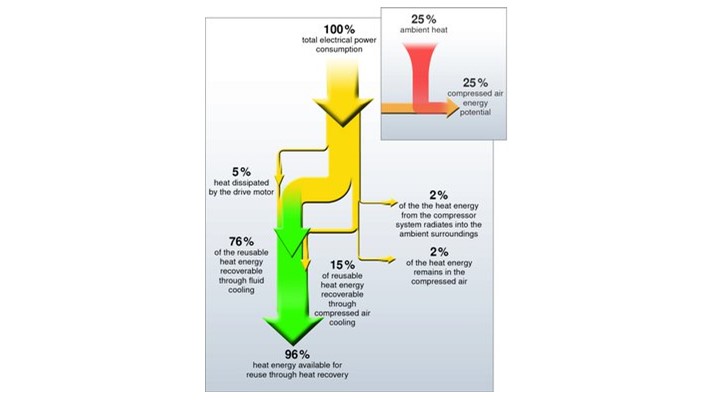
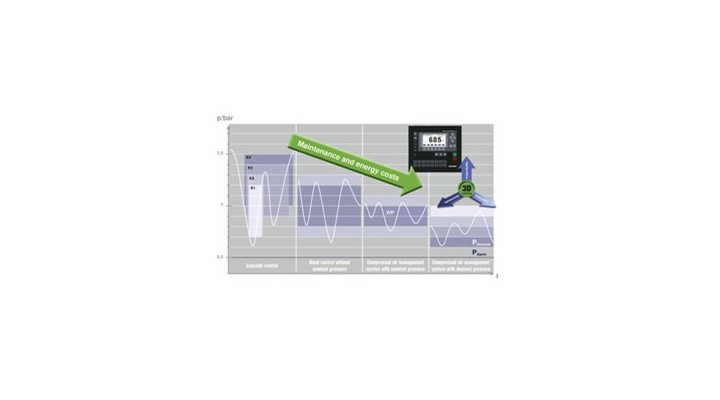

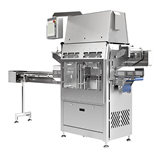
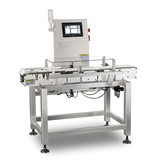
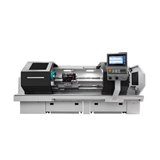


-160x160-state_article-rel-cat.png)


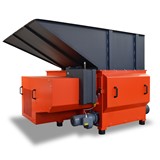
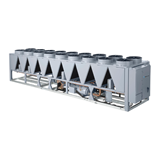
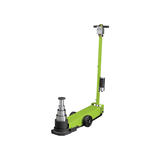
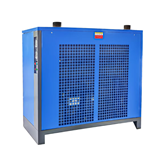
-160x160-state_article-rel-cat.png)
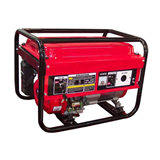
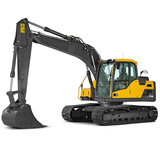

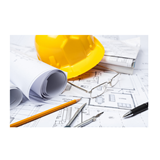


-205x205.jpg)
-205x205.jpg)
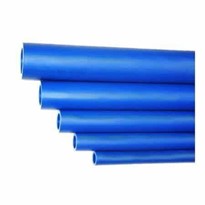
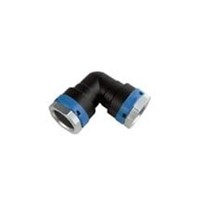


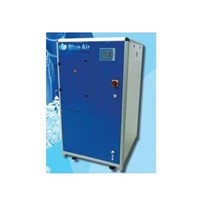

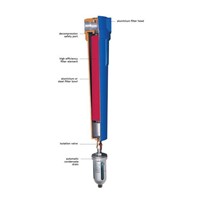
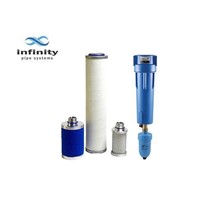

-205x205.jpg)
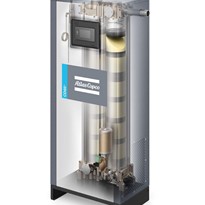

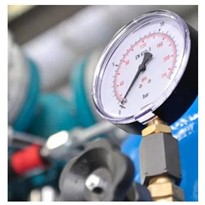
-205x205.jpg)

